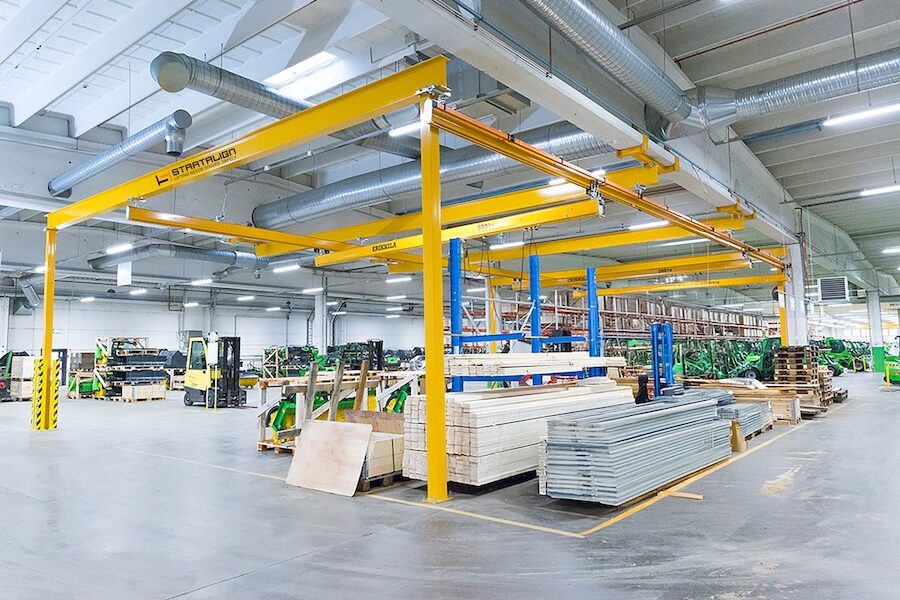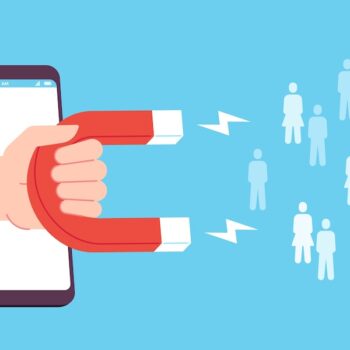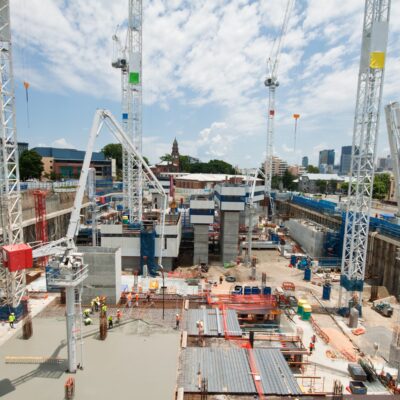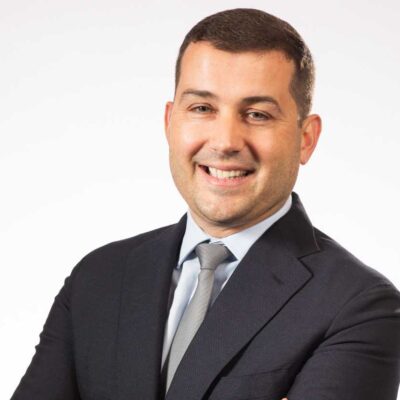Engineering safer workplace solutions for Kiwi companies
Pictured above: Erikkila Gantry Crane System.
For over 15 years New Zealand-based family business Stratalign has delivered heavy lifting solutions for industries that demand precision and reliability. NZBusiness sat down with Managing Director, Matthew Prestidge, to explore how challenges in the industry have sparked major breakthroughs, leading to smarter and safer lifting technology.
Stratalign’s story is rooted in family values. Originally founded in 1962 as Beatty’s Engineering, a general engineering business, it later specialised in drive shaft engineering before starting up Stratalign, a new business unit focused on lifting solutions in 2009. In 2022, the company became fully independent after separating from its previous driveline engineering counterpart, allowing it to focus solely on advancing lifting technologies.
Matthew joined the company mid-2022 after spending 16 years in food manufacturing services. His background in industrial maintenance and compliance gave him firsthand insight into the operational challenges manufacturers face, particularly in health and safety.
“I have lived and breathed health and safety, and compliance, so I understand exactly what manufacturers need to make their operations safer and more efficient,” he says.
Being part of a family business fosters trust and a close-knit team culture where everyone is personally invested in the company’s success.
“There is a real benefit in dealing directly with the owners. Unlike larger corporations where decision-makers are removed from the process, our customers work with people who have a personal stake in making things work. We are hands-on, and we care about the outcomes.”
Smart lifting innovations
Stratalign specialises in lifting and hoisting equipment, offering both standard off-the-shelf equipment as well as custom-built solutions. The company supplies a range of stocked attachments, including forklift and crane attachments, chain hoists and portable cranes, and also designs and builds large-scale, customised cranes and lifting solutions tailored to industrial clients where compliance and efficiency are critical.
Its lifting solutions cater to industries with high manual handling demands, particularly those operating under strict health and safety regulations.
Food manufacturers, for example, must comply with both worker safety and food safety standards.
Stratalign’s vacuum lifters and crane systems significantly reduce physical strain and workplace injuries, making them invaluable in such environments.
Vacuum technology is one of the company’s latest innovations.
Traditionally, moving heavy materials required chains, slings, and two or three people to lift heavy and awkward items. With vacuum lifters, it is now a quick, safe, simple, single-person job that lifts from the top side and does not damage the surfaces of the items being lifted.
This shift reflects a broader industry trend.
“Factories once relied on physical human strength for heavy lifting, but that has changed. With modern lifting equipment, businesses can boost productivity without wearing out their workforce and can make use of a much more diverse pool of available human resource. It is about working smarter, not harder,” Mathew says.
Beyond physical lifting, Stratalign is also innovating with software.
A new program now generates pre-certified crane designs in minutes. This task previously required hours of manual work by a structural engineer.
To improve efficiency further, Stratalign has optimised its supply chain by importing high-quality crane components from Europe, keeping them in stock, and assembling them in-house using modular designs.
“Previously, we faced major supply delays. We used to bring in complete cranes, one crane at a time. But when international shipping became dealyed, we decided to invest in a substantial stockholding of components. That moved us from taking too long to supply suddenly being the fastest on the market. Now, we can deliver a crane from scratch in under a week instead of the standard eight to ten weeks.”
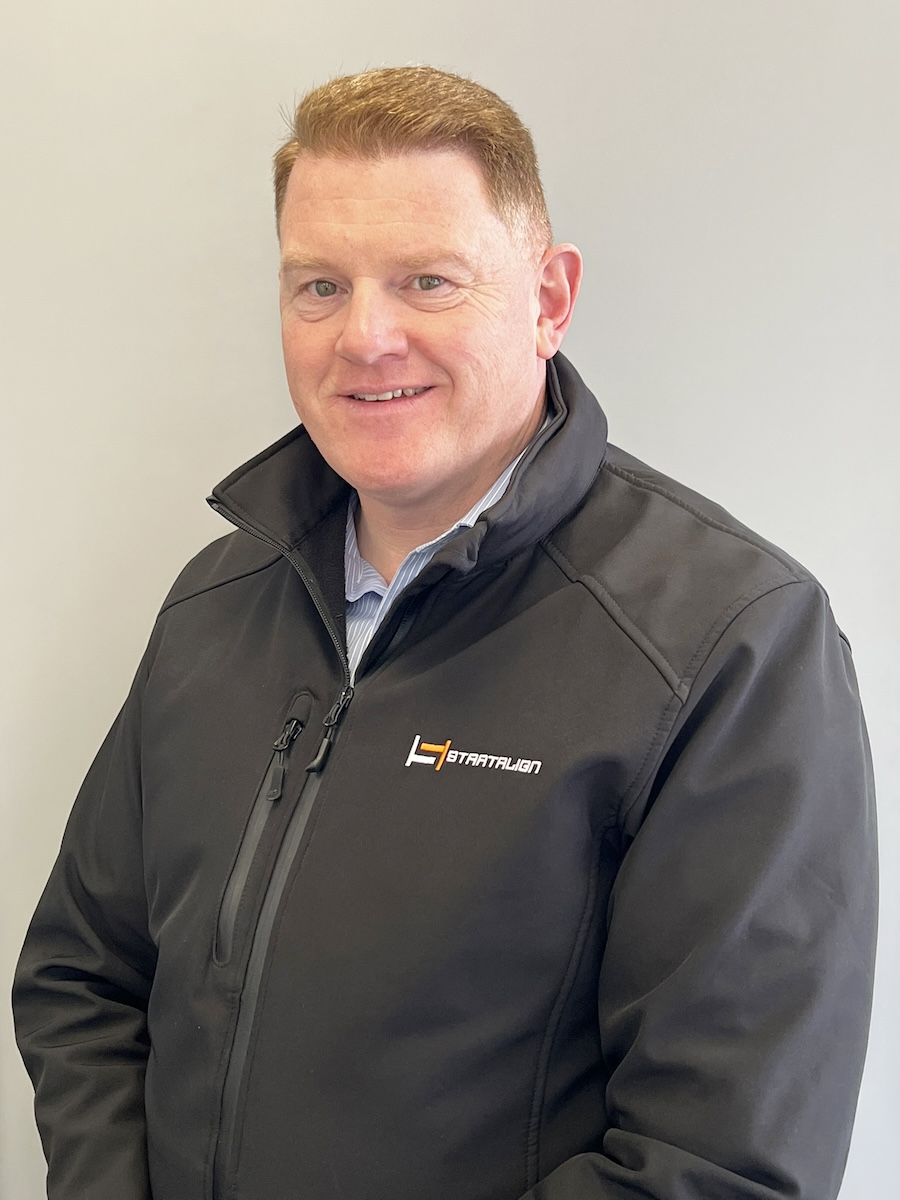
Robots and automation to come
Looking ahead, automation and robotics are set to play an even greater role in the lifting industry. Matthew sees a growing demand for robotic arms and automated lifting solutions that further reduce the need for manual handling.
“In Europe, robotic lifting is already well established, but New Zealand is playing catch-up. In three to five years, automation will be commonplace here too. The challenge is making it financially accessible for smaller businesses.”
One of the biggest barriers to adoption is access to capital. Larger corporations can readily invest in automation, but smaller businesses often struggle with the upfront costs.
Matthew believes government incentives should play a crucial role in making advanced solutions more accessible to SMEs, ultimately driving New Zealand’s productivity and improving workplace safety across the board.
“If we could get tax incentives or government support for businesses investing in lifting automation, it would accelerate adoption massively. Safer, more efficient workplaces should be a national priority.”
Growth and global aspirations
Stratalign has seen consistent growth, particularly in the last three years, doubling its workforce from five to ten full-time employees. Much of this growth has come from expanding the sales and marketing team and establishing a new South Island representative.
While Stratalign’s primary market remains in New Zealand, the company is increasingly looking to international expansion. It already supplies products to the Pacific Islands and Australia through agency partnerships, with further developments in these markets on the horizon.
For Matthew, the most rewarding part of his job is solving a lifting challenge and seeing people experience the weightless movement of a product they used to lift mannualy.
“They are just guiding the load instead of bearing it. It is safer, easier, and makes their job more enjoyable. That is a great outcome, not just for workers, but for businesses too.”
Beyond his expertise in lifting solutions, Matthew has valuable insights for entrepreneurs and business owners.
“Find out what businesses actually struggle with, what their pain points are, and if they had a magic wand, what they would change. If you can provide a solution to those problems, your business will always provide value.”
When asked about his favourite business books, Matthew cites The Seven Habits of Highly Effective Peopleby Stephen Covey and The Go-Giver by Bob Burg. Both align with Stratalign’s philosophy of sharing knowledge and genuinely helping customers improve their operations.
As industries continue to prioritise efficiency and safety, Matthew says that Stratalign will continue to drive innovation in in the sector to help transform workplaces into safe spaces.

